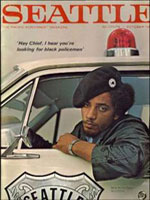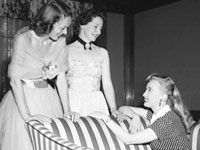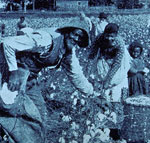Nevada County Historical Society and Museums [CA]
The Nevada County Historical Society seeks to preserve and share the history of Nevada County, California. To this end, the society operates the Nevada County Narrow Gauge Railroad Museum, North Star Mine Powerhouse and Pelton Wheel Museum, Firehouse Museum, and Searls Library. The railroad museum presents local transportation history. Collection highlights include seven historic railroad cars, dating from 1889 to circa 1940. The mining museum's collection highlights include a working Cornish pump; working stamp mill; and the largest Pelton wheel, a mechanism for supplying air to power the mines, ever made. The Firehouse Museum, housed in an 1861 structure, presents exhibits on the Maidu people, the Donner Party, Chinese-American daily life and religion between 1877 and 1938, and vernacular items dating from circa 1850 to present.
The society offers monthly speakers and both library and archive access. Research assistance is available for a fee. The railroad museum and firehouse museum offer exhibits. The mining museum offers self-guided tours, period dioramas, and exhibits. The website offers digital historical and genealogical databases.



